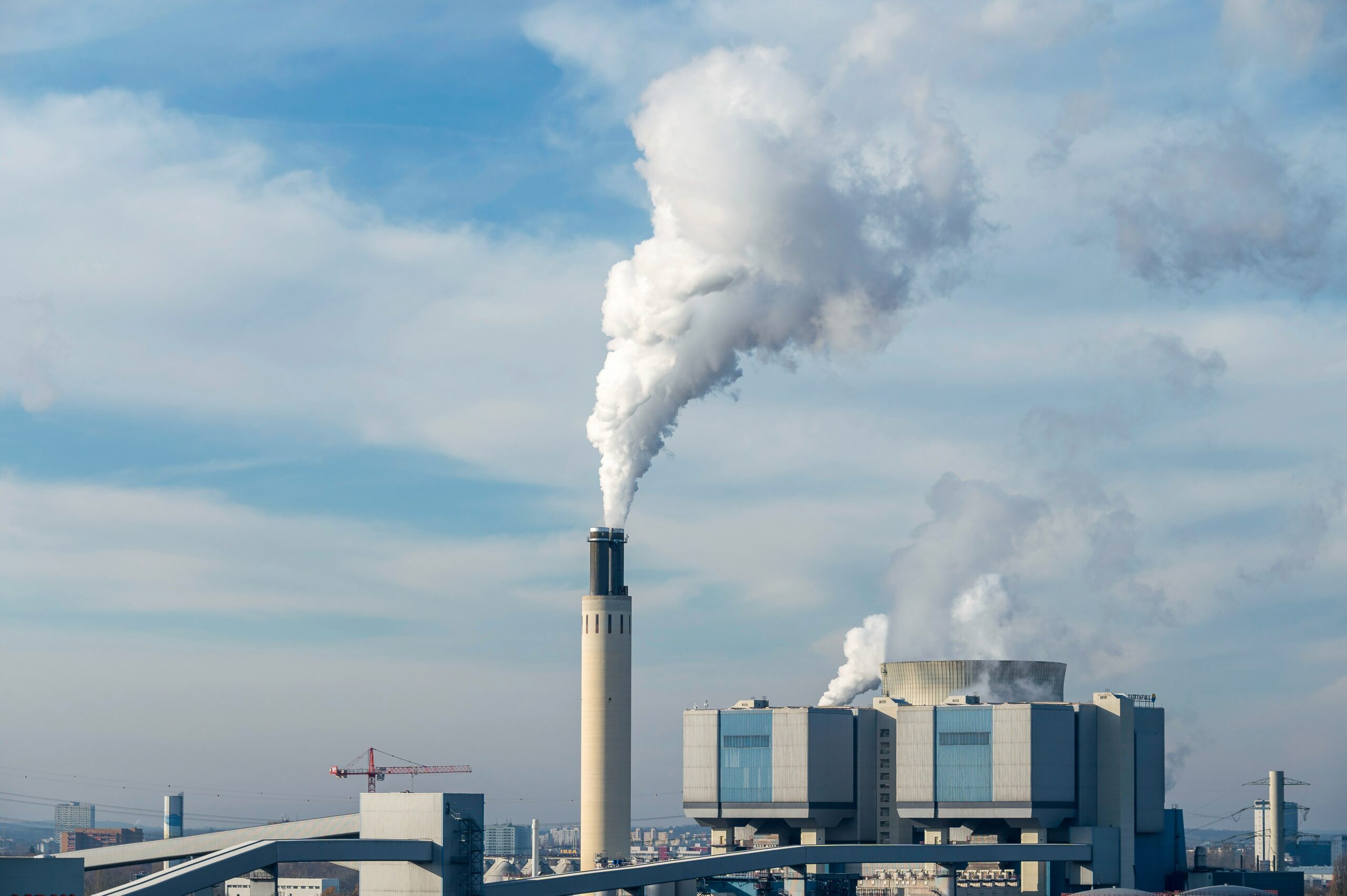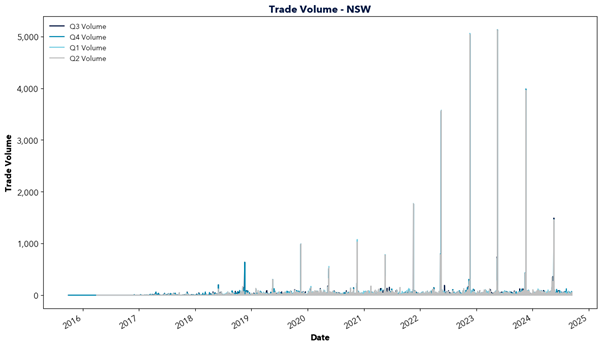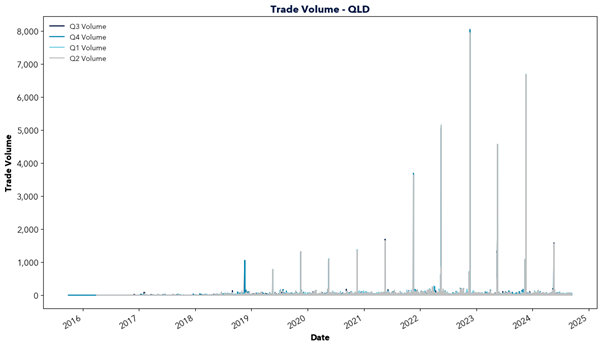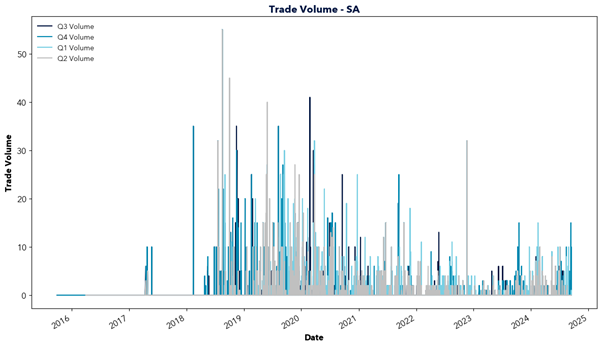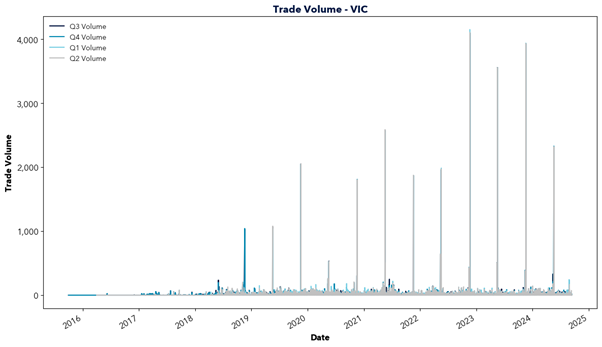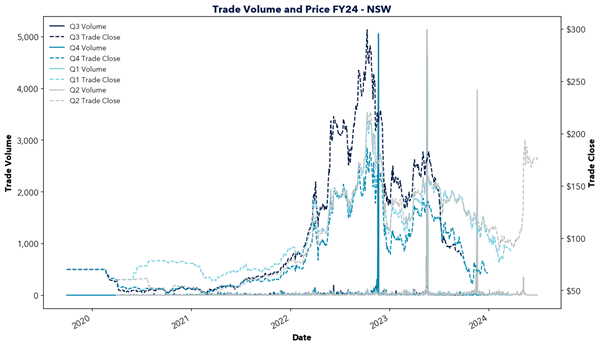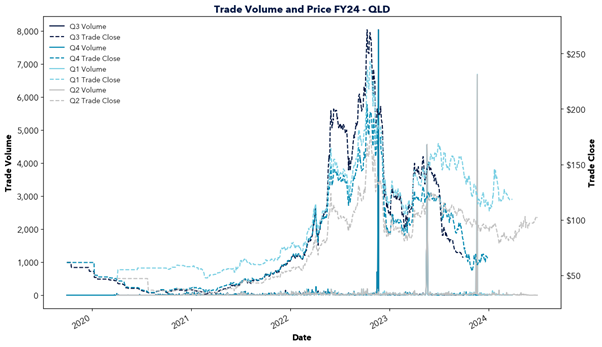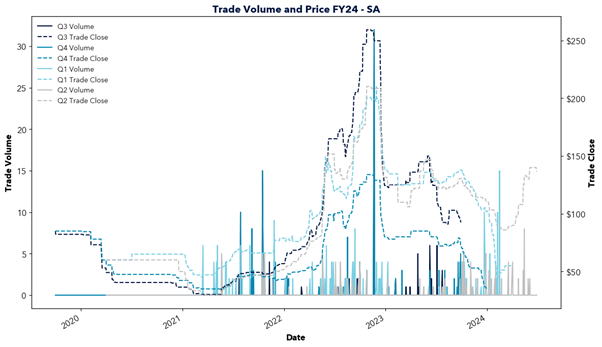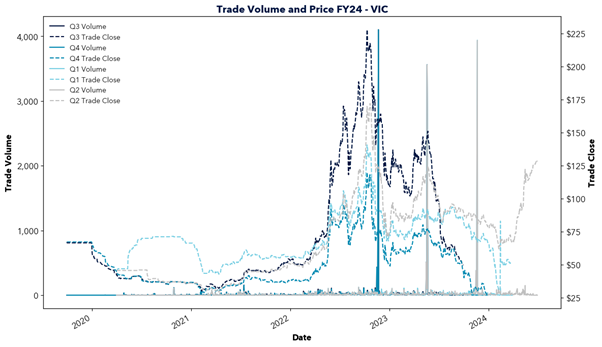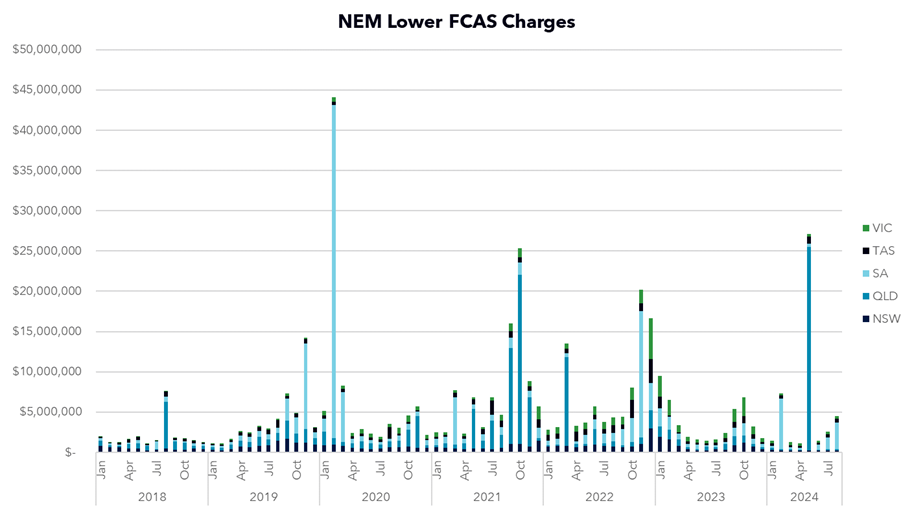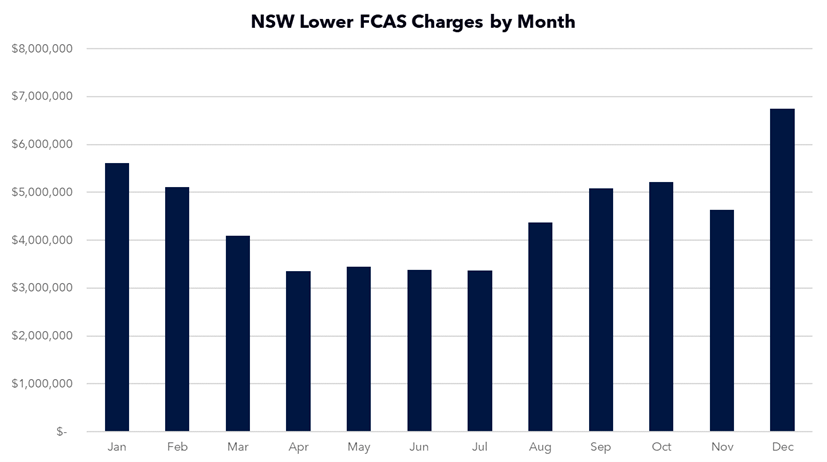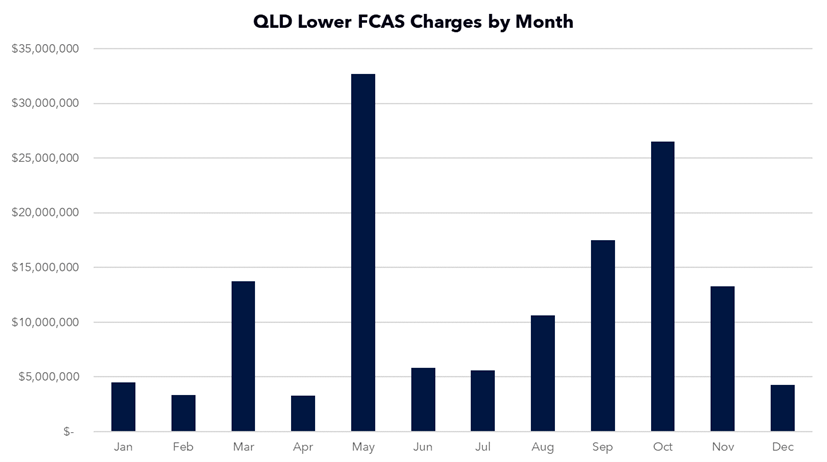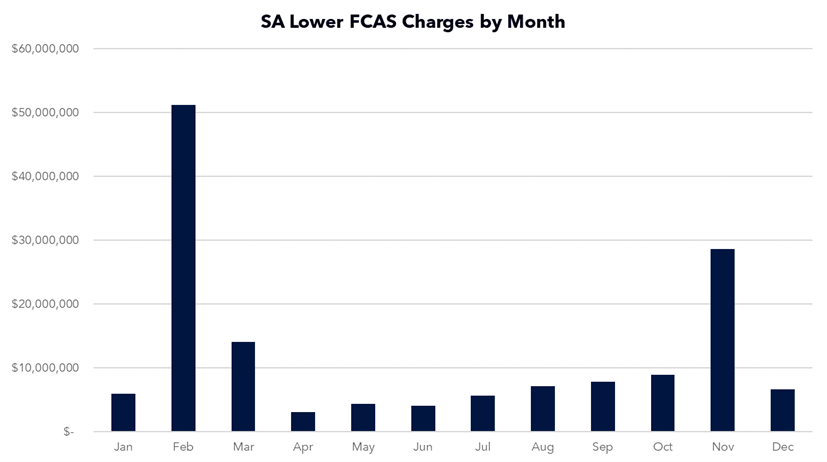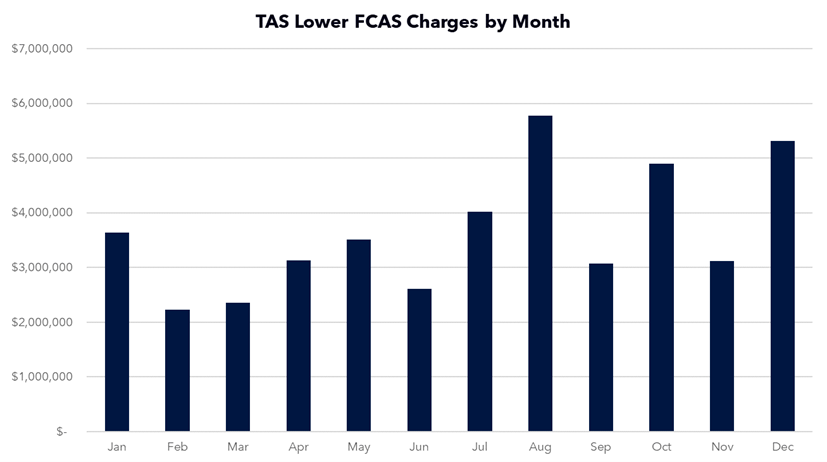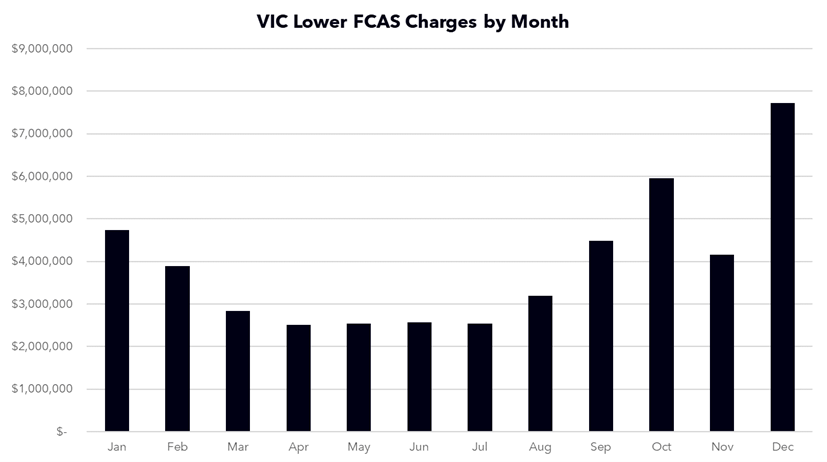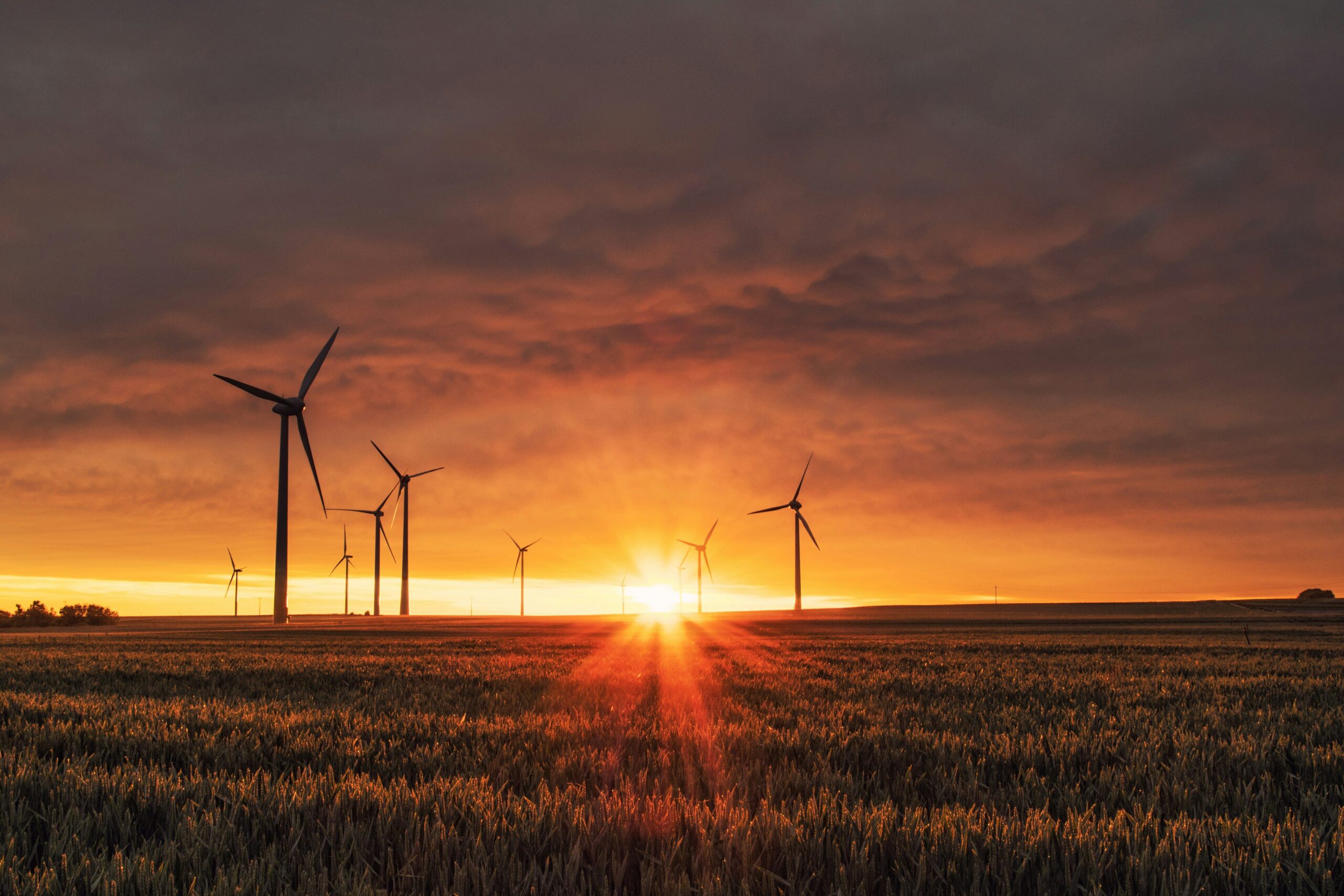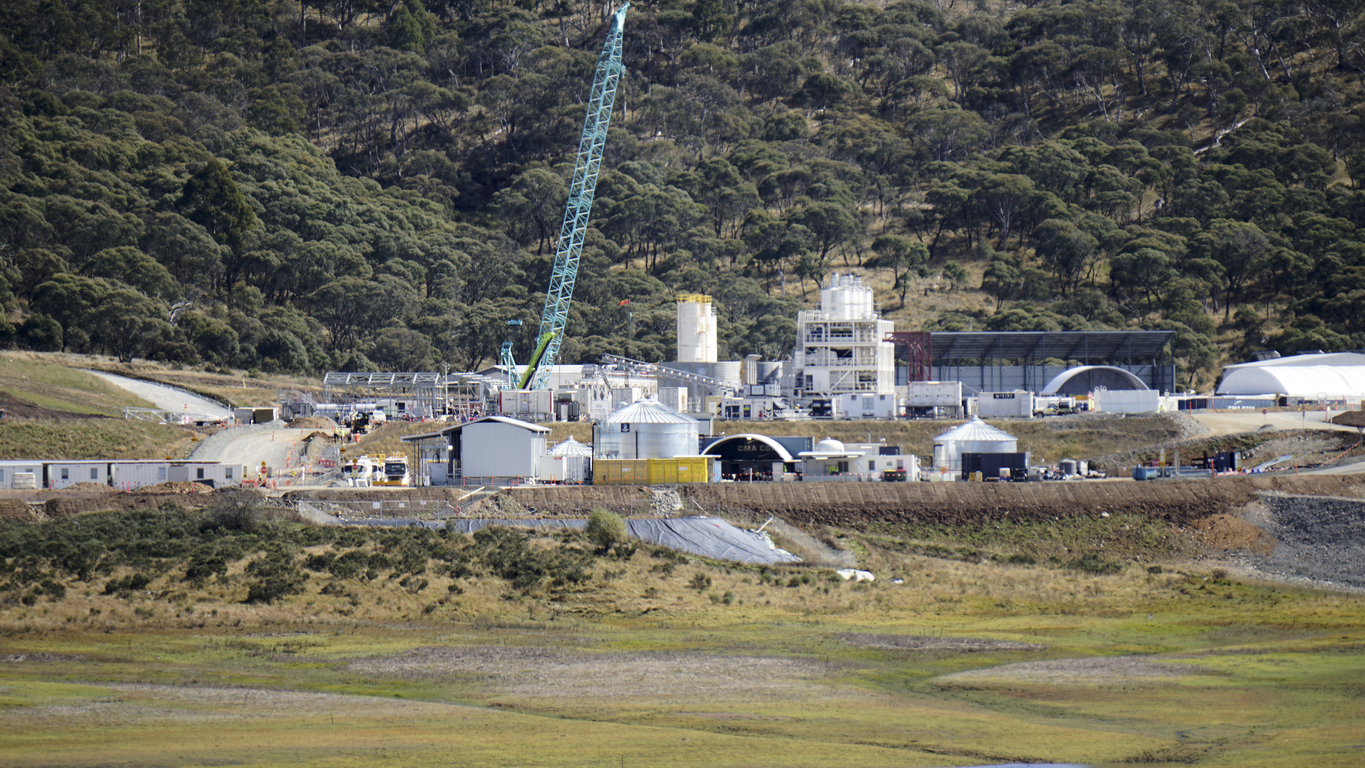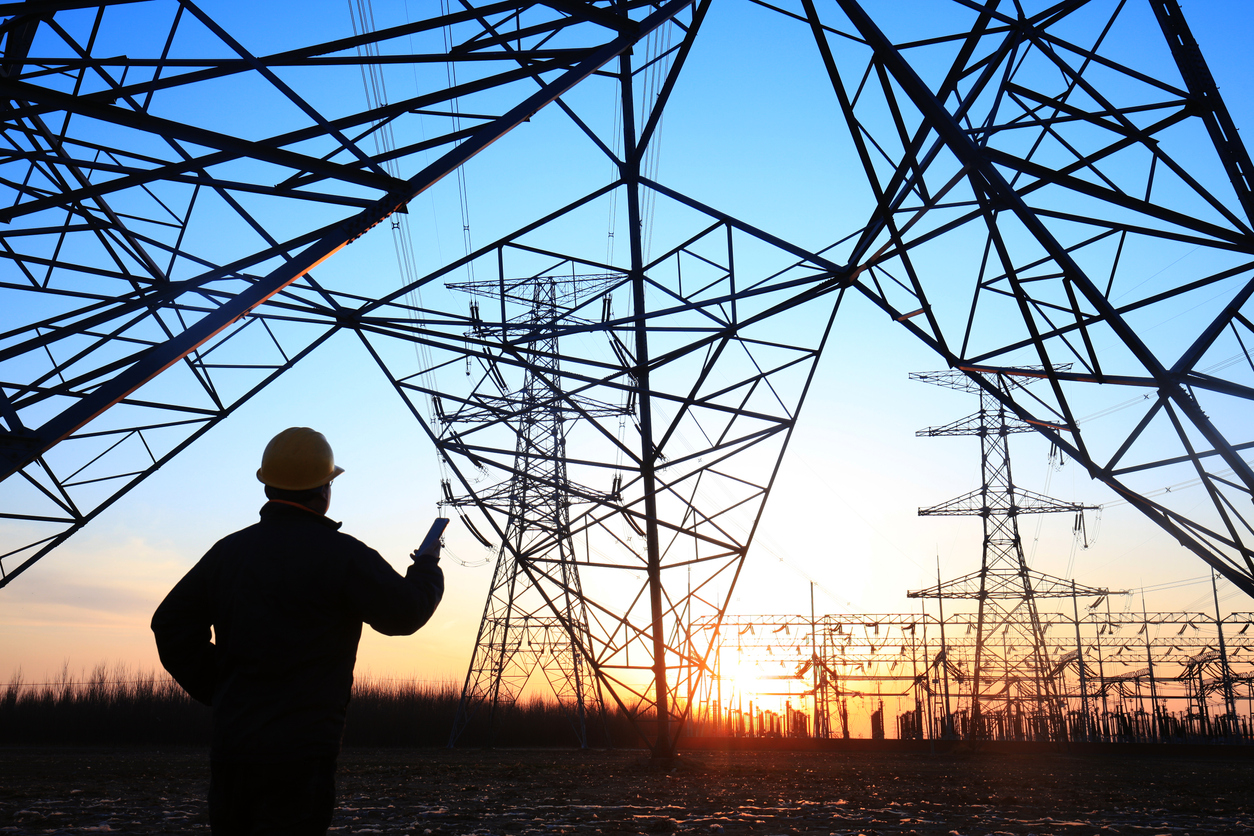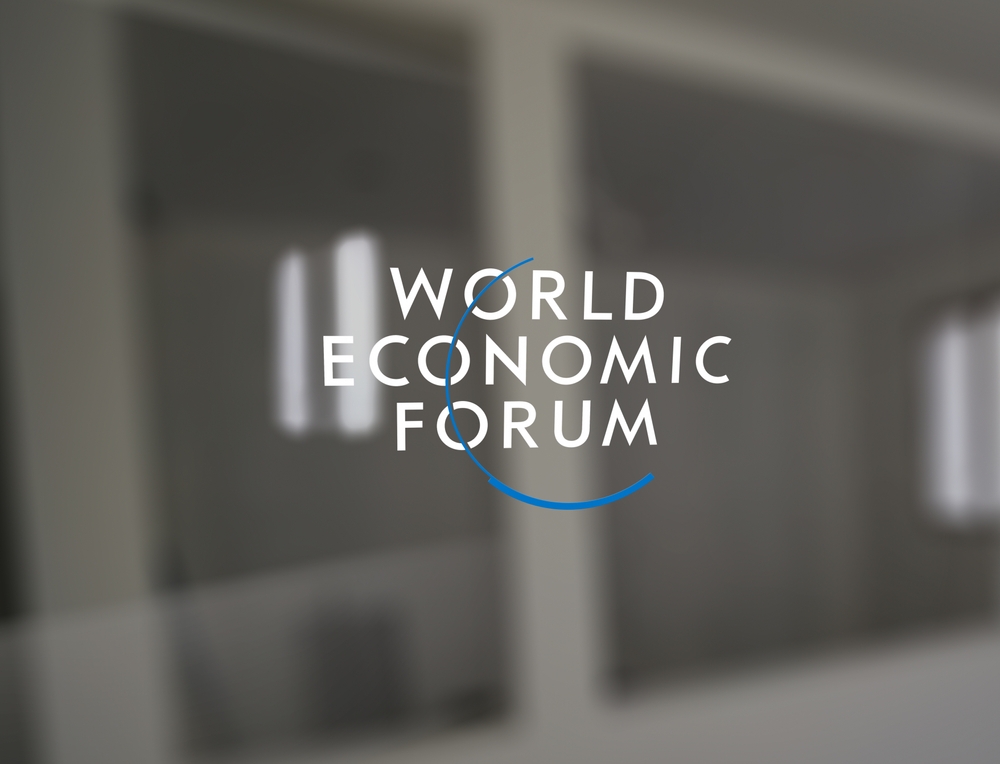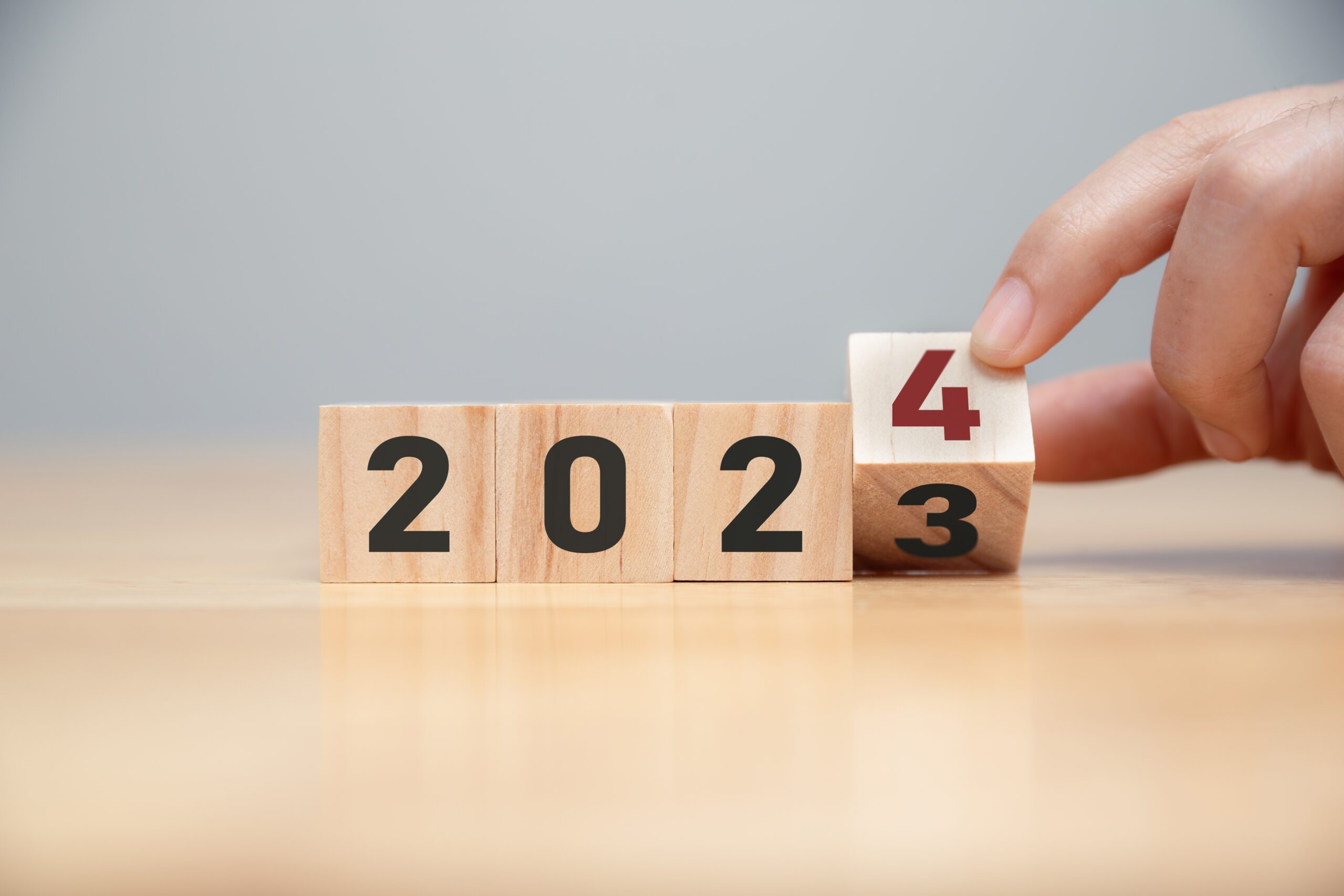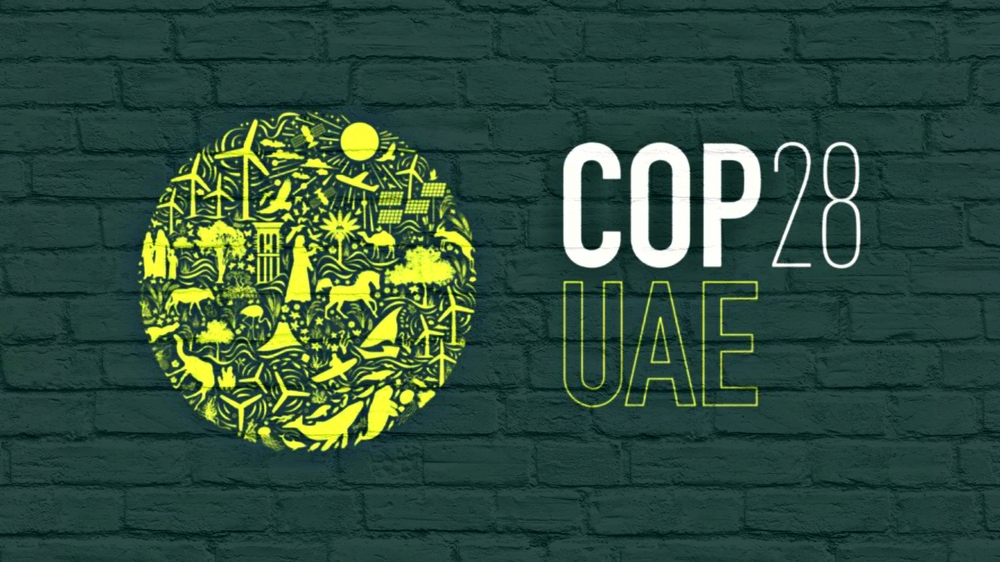At Mount Piper Power Station, a coal power station near Lithgow in NSW, operators work to minimise financial losses by reducing the units minimum operational load at which the units can stay online, as electricity prices plummet into negative territory during solar hours, driven by an influx of solar generation flooding the grid. They focus on positioning the station to capitalise on the expected price spike later in the day, as solar generation declines and supply tightens, leading to higher prices.
The plant, which has a total capacity of 1430 MW, can still operate a little over 10% capacity. While it was initially able to ramp down to only 320 MW, its minimum operating level was reduced to 150 MW in July 2023. This approach enables the unit to operate at a reduced load during the day – despite incurring losses, before ramping up production during the evening peak to offset earlier deficits and achieve profitability. “It’s a balancing act – how hard do they need us to get out of the way [of cheap renewable energy] versus how hard do they need us in the evening,” said Steve Marshall, Head of Mount Piper for EnergyAustralia.
With a capacity of 1430 MW, the power station’s two turbines supply about 10% of NSW’s maximum demand.
Mount Piper was instrumental during two significant grid events throughout 2024: the pre-summer heatwave in late November and the administered pricing event in May, where blackouts were narrowly averted. During these critical periods, the station operated at full capacity. Without Mount Piper’s contribution, load shedding in parts of NSW would likely have been inevitable.
Mount Piper has proven to be a reliable and critical unit in the state, experiencing minimal unplanned outages or trips compared to other units in the NEM.
Mount Piper Power Station has also explored ways to better manage the impact of solar carveouts, trialling a process called ‘two-shifting.’ This involves taking one steam turbine off the grid for up to 12 hours while keeping the boiler warm and ready for a quick restart. This approach has been adopted in other regions, such as the United Kingdom and United States, where plants have adapted to different daily cycles. However, operating the units in this manner is expensive, as they require upgrades and/or increased maintenance.
Several coal units across the NEM have struck agreements with the government to ensure supply capacity remains available until their planned exit from the grid.
- Yallourn Generator (VIC): Secured by a 2021 agreement with the state government, ensuring 1480MW capacity until mid-2028.
- Loy Yang A Generator (VIC): Similar agreement extending operation until 2035.
- Eraring Plant (NSW): Agreement with NSW government extends operation to August 2027, adding two more years, with the option for a further two years without subsidies at this stage.
Mount Piper Power Station plans to play a “reserve” role, functioning as a firming unit that runs only when necessary to fill gaps in wind and solar generation. For several years, the station has participated in discussions with the NSW government about a potential industry-wide coal closure plan. A bill to establish a framework for the “orderly exit management” of coal power plants was passed by South Australian parliament on Wednesday, 27 November 2024, though the rules are still being finalised.
Mount Piper’s low minimum running output and two-shifting capability position the station as a valuable asset in the energy transition. However, maintaining the flexibility comes at a considerable cost. A major maintenance overhaul, scheduled to commence in April 2025, will require an investment of $160 million. During this period, Unit 1 will be offline from April 1 to May 26, and Unit 2 from April 6 to April 27, resulting in a 21-day overlap when both units will be out of service.
Edge2020 anticipates Mount Piper Power Station to play an increasingly crucial role in the transition as new clean generation and transmission projects come online. Given the station’s growing financial challenges amid negative prices, volatile market demand, and stricter environmental and regulatory requirements, this shift will require significant policy support by government.
